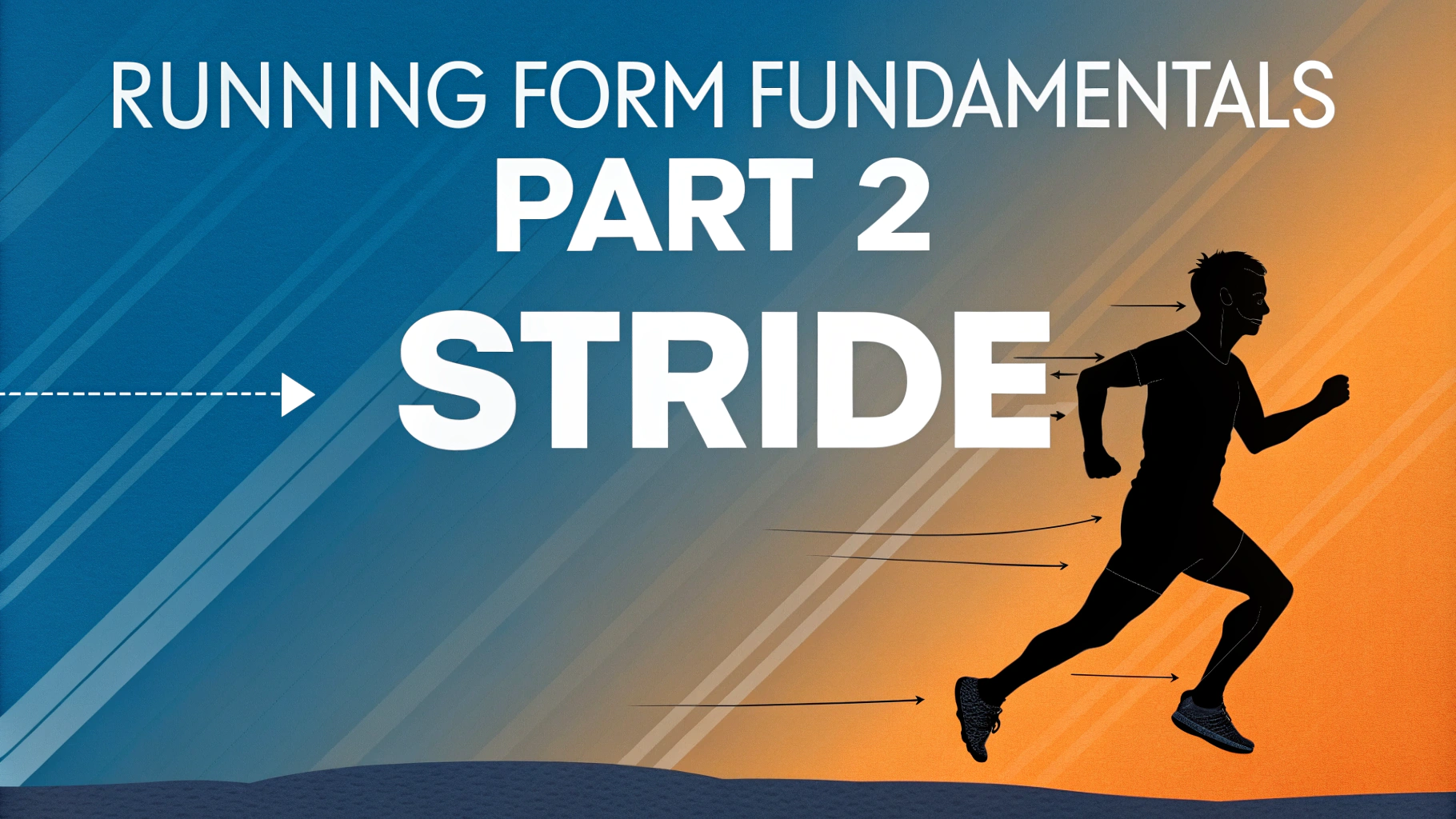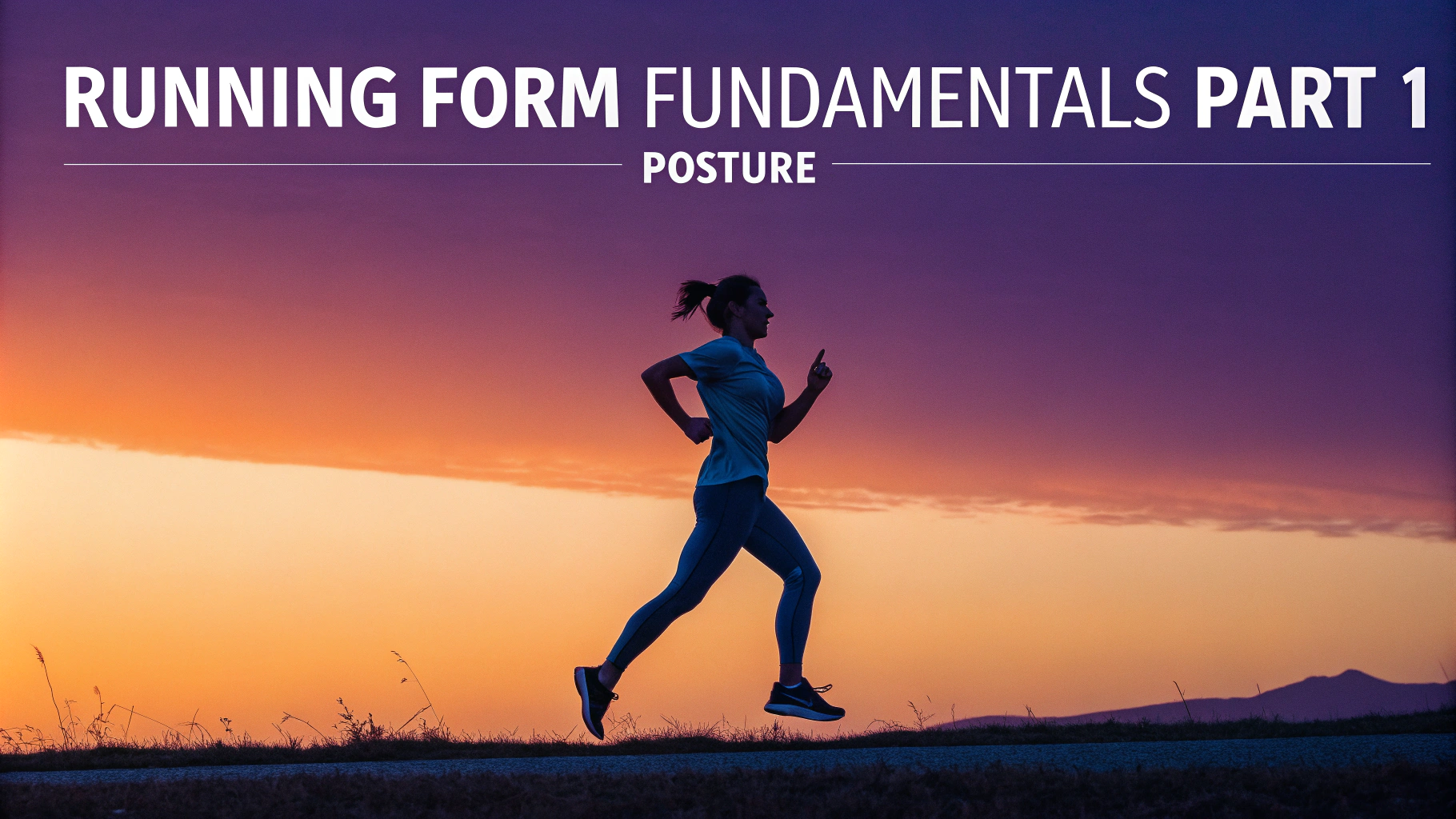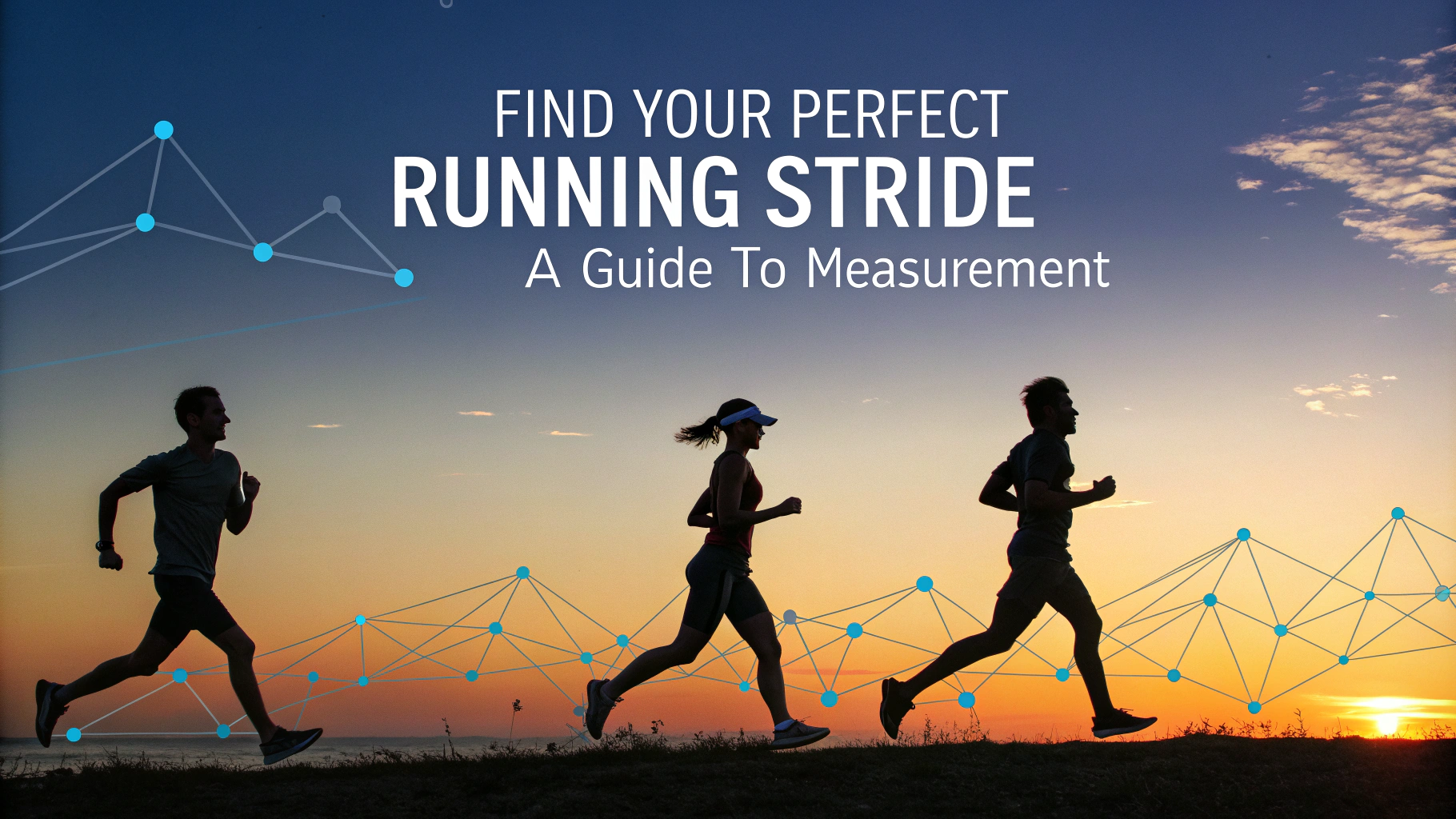Heart rate zones help runners train more effectively by targeting specific fitness goals and energy systems.
The Five Heart Rate Training Zones
| Zone | % of Max HR | Training Benefit |
|---|---|---|
| Zone 1 (Recovery) | 50-60% | Active recovery, warm-up |
| Zone 2 (Base) | 60-70% | Endurance building, fat burning |
| Zone 3 (Tempo) | 70-80% | Aerobic power, lactate threshold |
| Zone 4 (Threshold) | 80-90% | Speed endurance, VO2 max |
| Zone 5 (Maximum) | 90-100% | Sprint power, anaerobic capacity |
How to Calculate Your Max Heart Rate
The simplest formula to estimate maximum heart rate is 220 minus your age.
For more accuracy, try this field test: after a good warm-up, run hard for 3 minutes, followed by 2 minutes at maximum effort, and note your highest heart rate reading.
Training Benefits by Zone
- Zone 1 (Recovery): Perfect for warm-ups, cool-downs, and recovery runs
- Zone 2 (Base): Builds aerobic base and improves fat metabolism
- Zone 3 (Tempo): Increases lactate threshold and running efficiency
- Zone 4 (Threshold): Enhances speed endurance and VO2 max
- Zone 5 (Maximum): Develops sprint power and anaerobic capacity
Recommended Heart Rate Monitors
- Chest Straps: Polar H10, Garmin HRM-Pro
- Watches: Garmin Forerunner series, Apple Watch Series 8
- Armbands: Whoop 4.0, Polar Verity Sense
Tips for Zone Training
- Start each run with a proper warm-up in Zone 1
- Spend most training time (about 80%) in Zones 1 and 2
- Limit high-intensity work (Zones 4-5) to 1-2 sessions per week
- Allow 48 hours recovery between high-intensity sessions
- Monitor morning heart rate to detect overtraining
For personalized heart rate zone training plans, consult a certified running coach through the Road Runners Club of America.
Common Mistakes to Avoid
- Training too hard on easy days
- Neglecting Zone 2 base training
- Running all workouts at the same intensity
- Not accounting for factors like heat, stress, or fatigue
- Comparing your zones to other runners
Track your progress using apps like Strava, Garmin Connect, or TrainingPeaks to ensure you’re training in the right zones.
Additional Training Considerations
Environmental Factors
- Heat and humidity can elevate heart rate by 5-10 beats per minute
- Altitude training requires adjustment of zones (typically lower by 5%)
- Cold weather may result in lower heart rate readings
- Consider time of day – heart rate varies throughout the day
Recovery Methods
- Use heart rate variability (HRV) to guide recovery needs
- Monitor resting heart rate trends over time
- Practice active recovery in Zone 1 between hard sessions
- Incorporate rest days when heart rate remains elevated
Training Progression
Building Your Base
- Start with 8-12 weeks of Zone 1-2 training
- Gradually introduce Zone 3 workouts
- Add Zone 4-5 intervals only after establishing aerobic base
- Follow the 10% rule for weekly mileage increases
Conclusion
Heart rate zone training provides a systematic approach to running improvement. By understanding and properly implementing these zones, runners can optimize their training, prevent overtraining, and achieve their performance goals more effectively. Regular monitoring and adjustments based on individual response ensure continued progress while minimizing injury risk.
Key Takeaways
- Personalize zones based on individual maximum heart rate
- Follow the 80/20 rule of easy/hard training
- Use technology to track and analyze training data
- Adjust zones based on environmental conditions
- Prioritize recovery between training sessions
FAQs
- What are heart rate zones and why are they important for runners?
Heart rate zones are ranges of heart beats per minute that correspond to different training intensities. They are important because they help runners optimize their training, prevent overtraining, and target specific fitness goals like endurance, speed, or fat burning. - How many heart rate training zones are there?
There are typically five heart rate training zones: Zone 1 (50-60% of max HR) for recovery, Zone 2 (60-70%) for base building, Zone 3 (70-80%) for aerobic endurance, Zone 4 (80-90%) for anaerobic threshold, and Zone 5 (90-100%) for maximum effort. - How do I calculate my maximum heart rate?
The most common formula is 220 minus your age, though this is a general estimate. For more accuracy, you can undergo a medical stress test or use field tests like running hard for 3 minutes and checking your highest heart rate. - What is the ideal heart rate zone for fat burning while running?
Zone 2 (60-70% of max HR) is often considered optimal for fat burning. At this intensity, your body primarily uses fat as fuel, making it effective for weight management and building aerobic base. - How can I monitor my heart rate while running?
You can monitor heart rate using a chest strap heart rate monitor, wrist-based fitness watch, or by manually checking your pulse. Chest straps typically provide the most accurate readings during exercise. - What should my heart rate be for easy recovery runs?
Recovery runs should be performed in Zone 1 (50-60% of max HR) or lower Zone 2. For most runners, this means keeping their heart rate below 65% of their maximum heart rate. - Why does my heart rate spike during hill running?
Heart rate increases during hill running because your muscles require more oxygen to overcome gravity and maintain pace. The increased effort causes your heart to pump harder to deliver oxygen to working muscles. - How does weather affect my heart rate during running?
Heat and humidity can increase heart rate by 10-20 beats per minute as your body works harder to cool itself. Cold weather typically has less impact but can still elevate heart rate initially. - What is heart rate drift and why does it occur?
Heart rate drift is the gradual increase in heart rate during prolonged exercise at the same intensity. It occurs due to dehydration, fatigue, and increased core body temperature during extended running sessions. - Should I always stay within my target heart rate zone while running?
Not necessarily. Different training goals require different heart rate zones. A well-rounded training program includes runs at various intensities across different zones for optimal fitness development.










